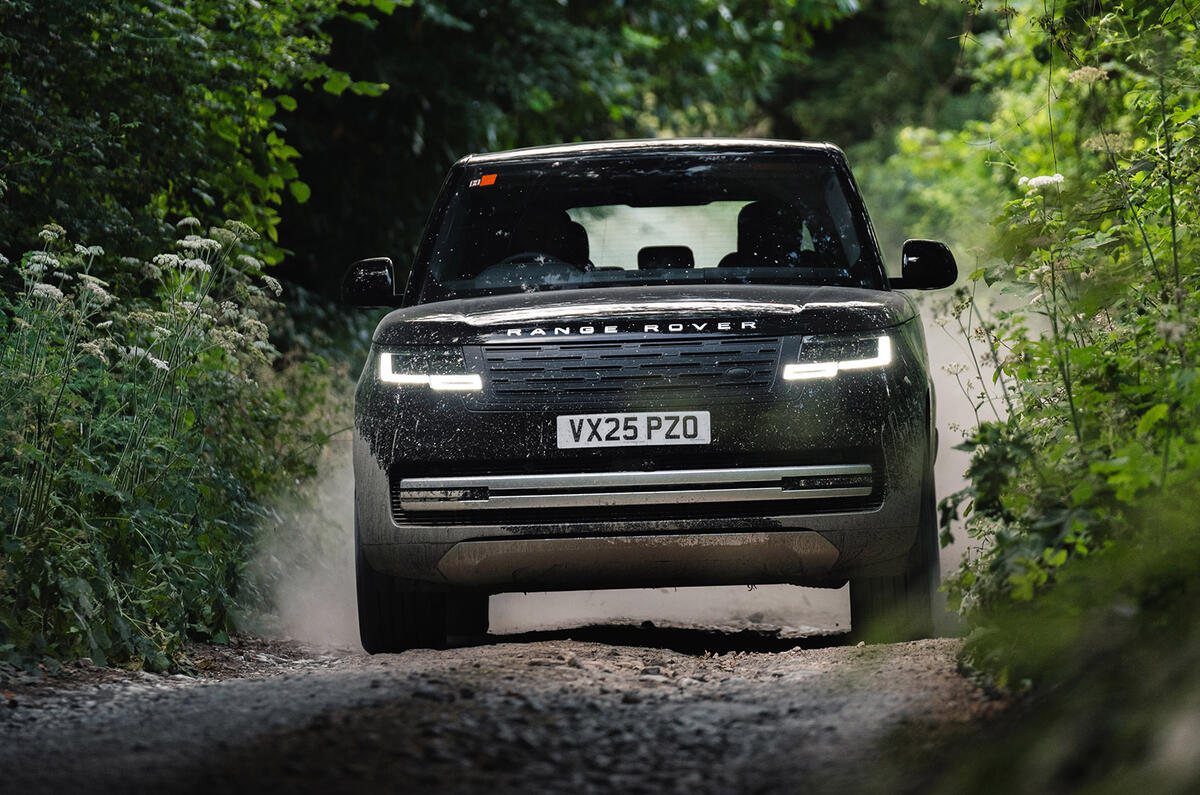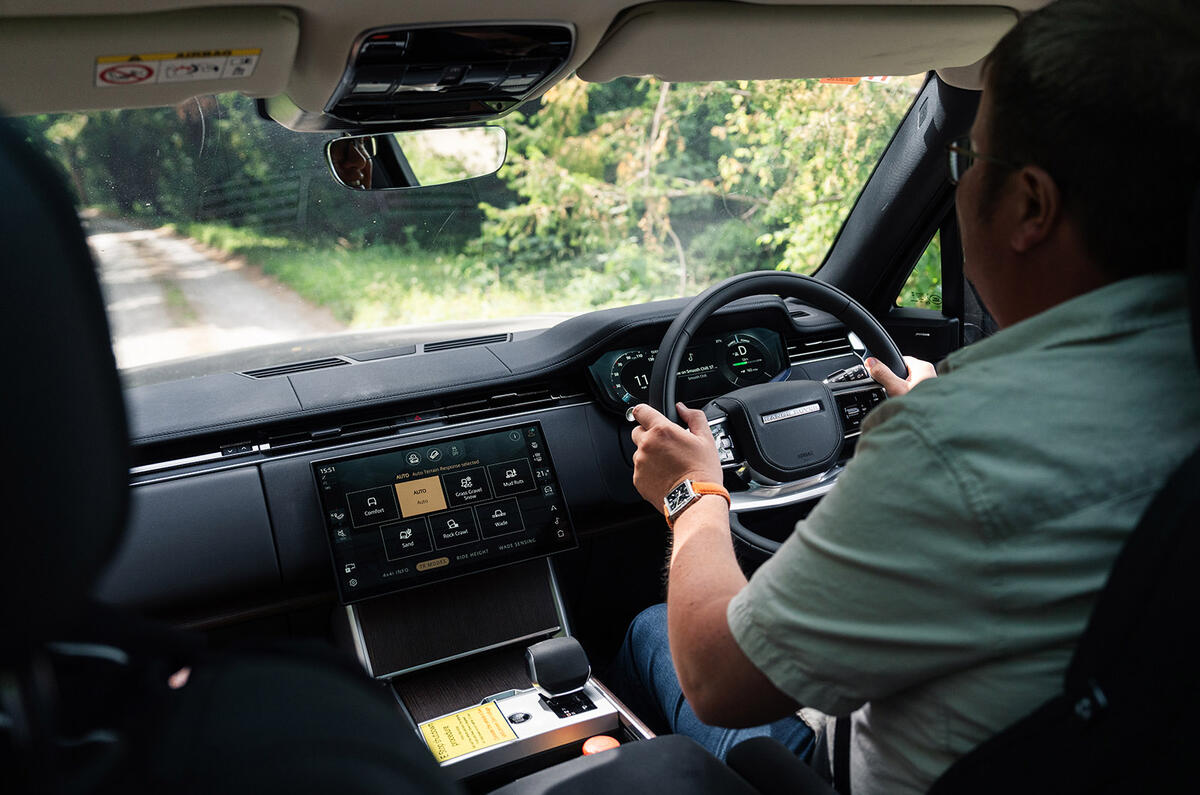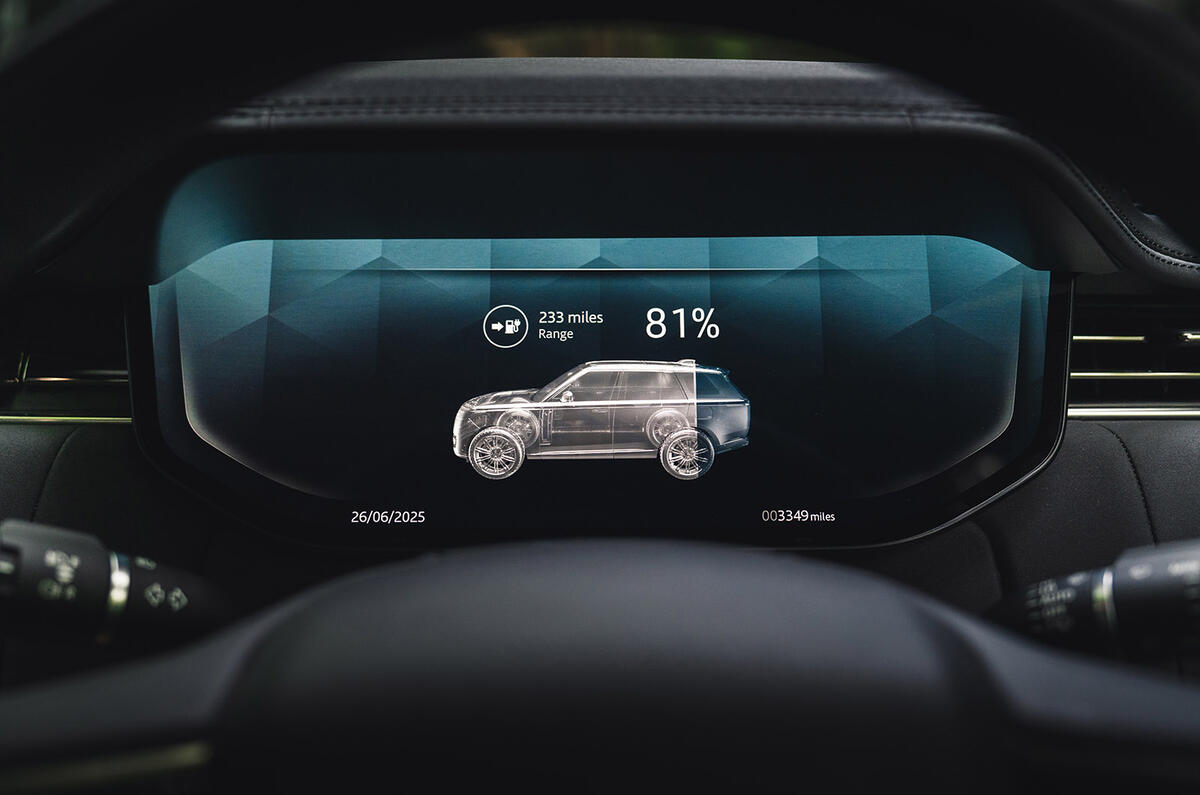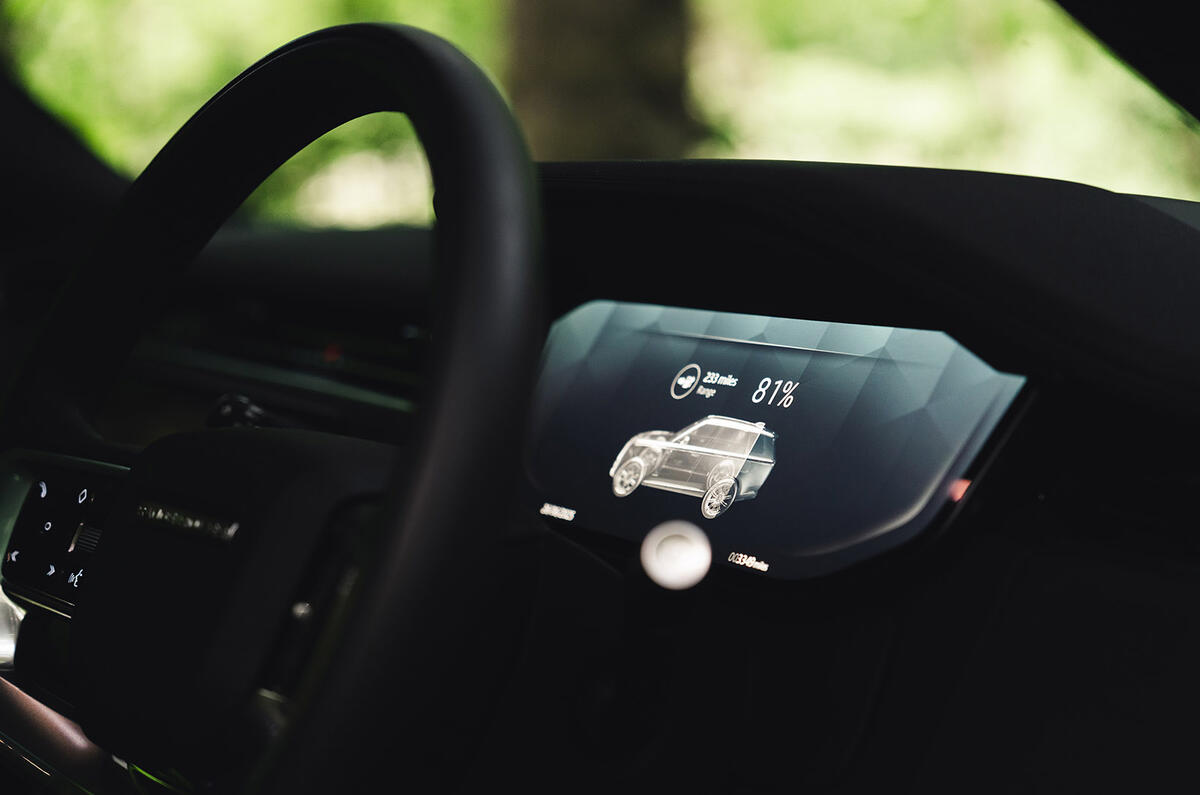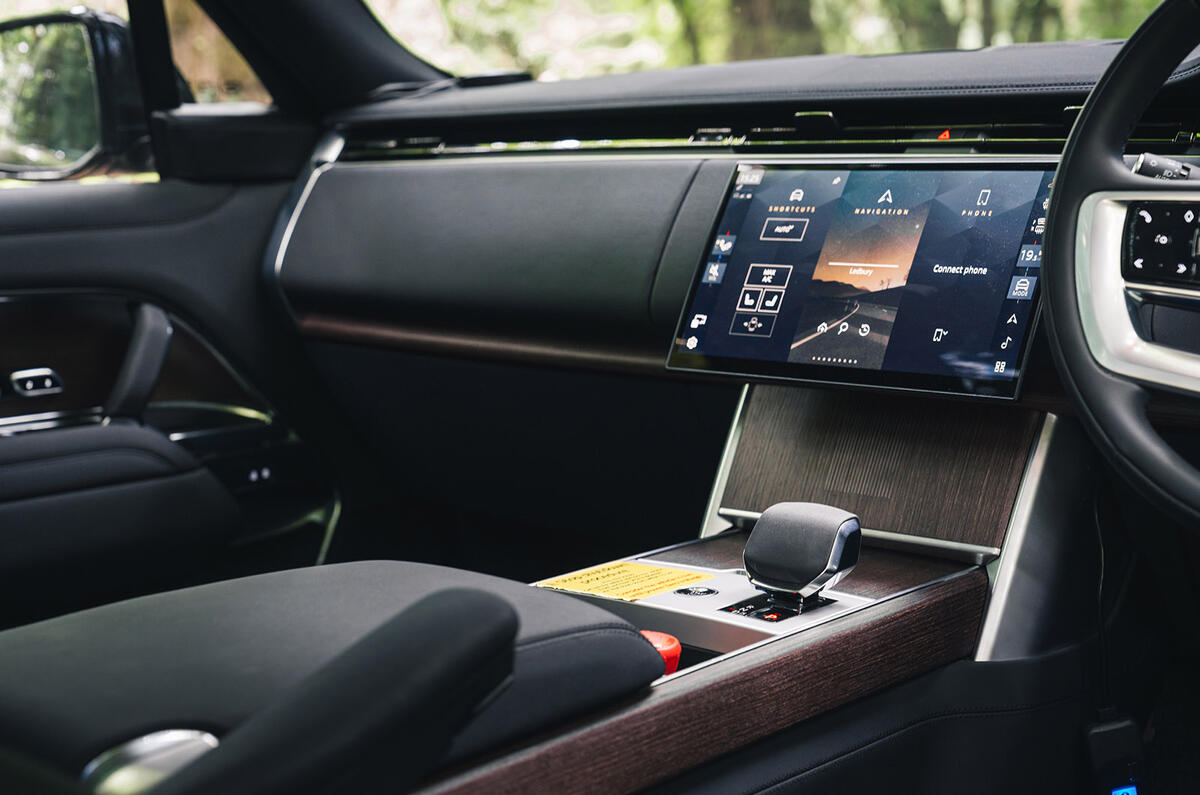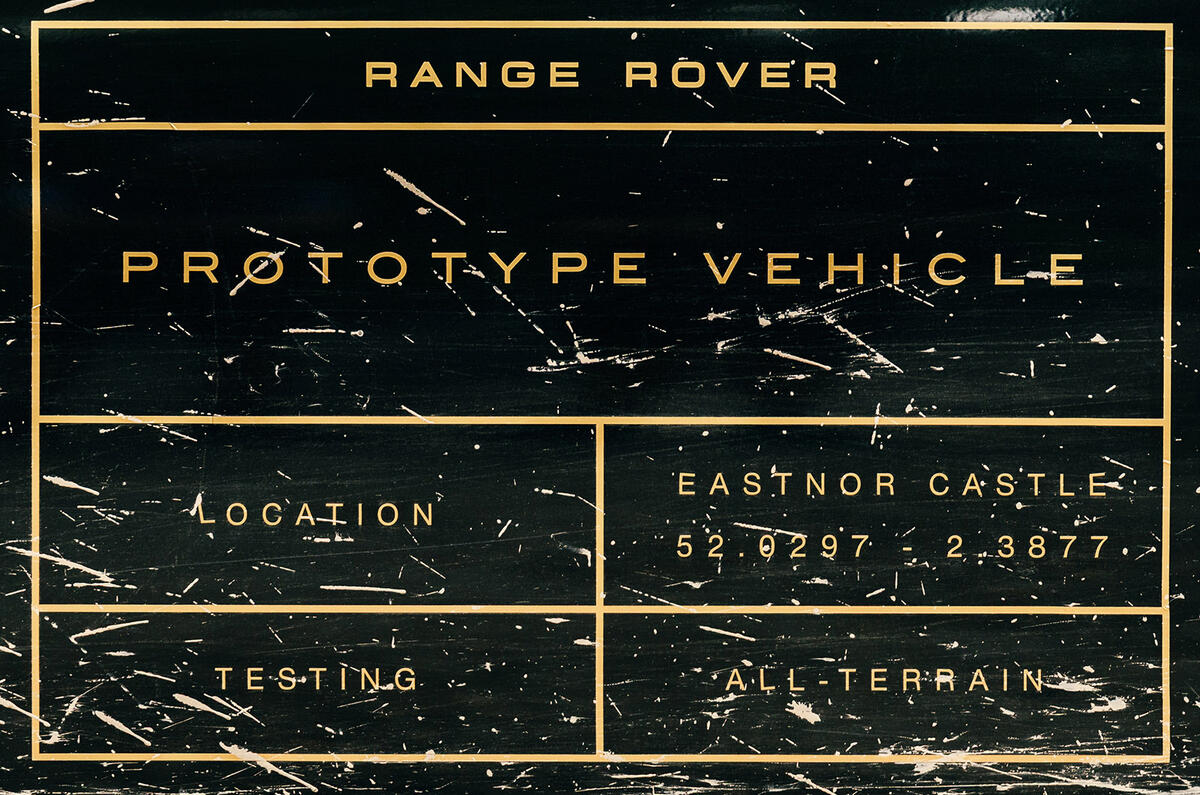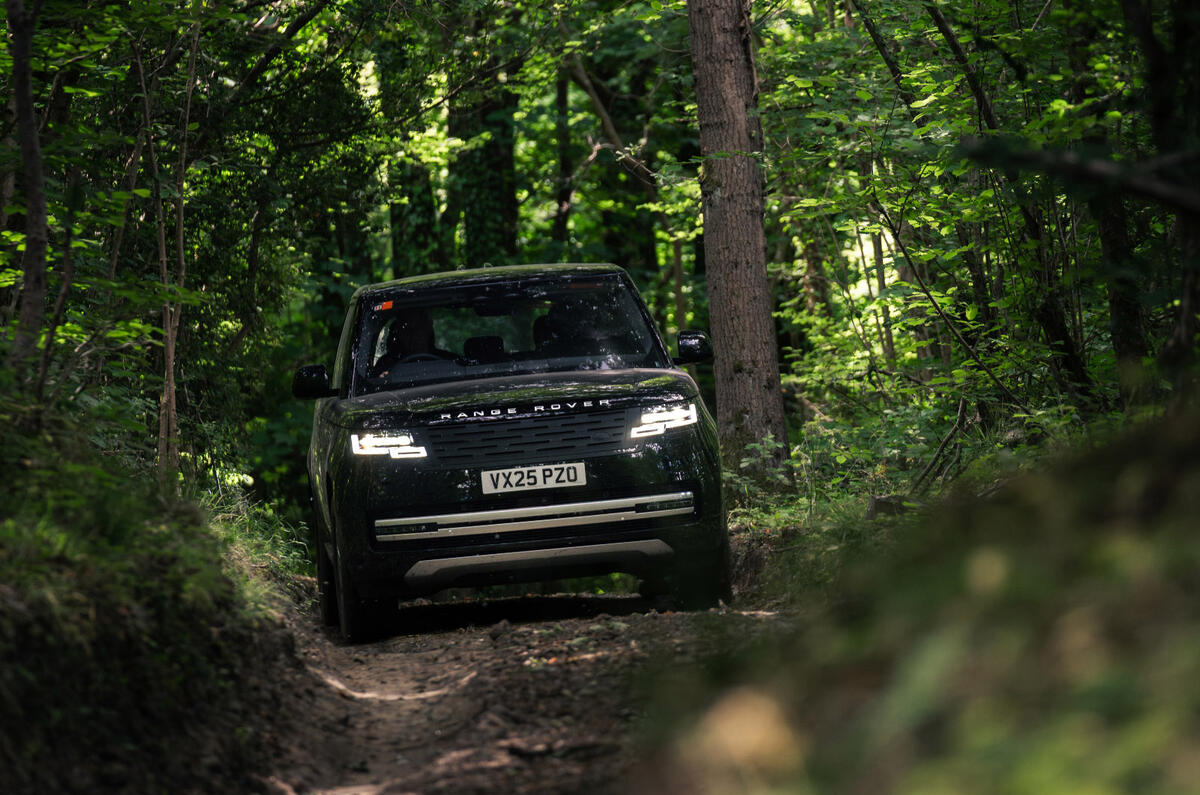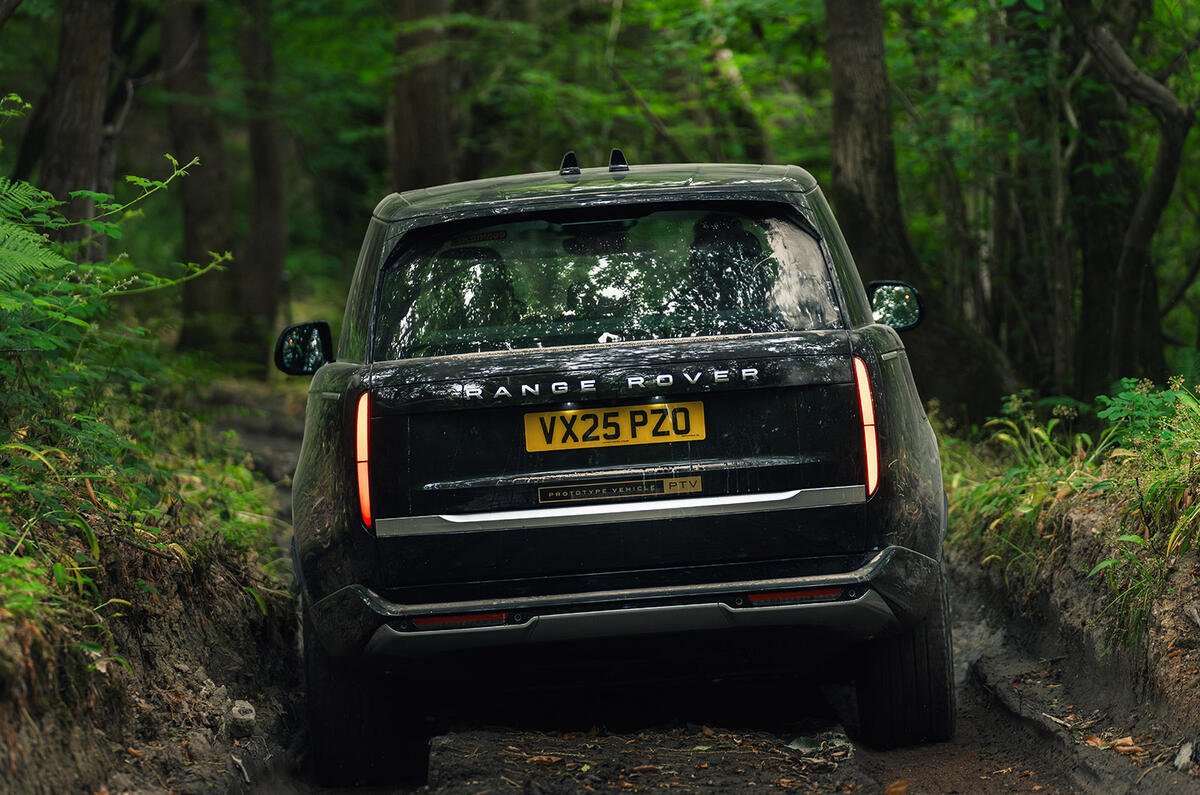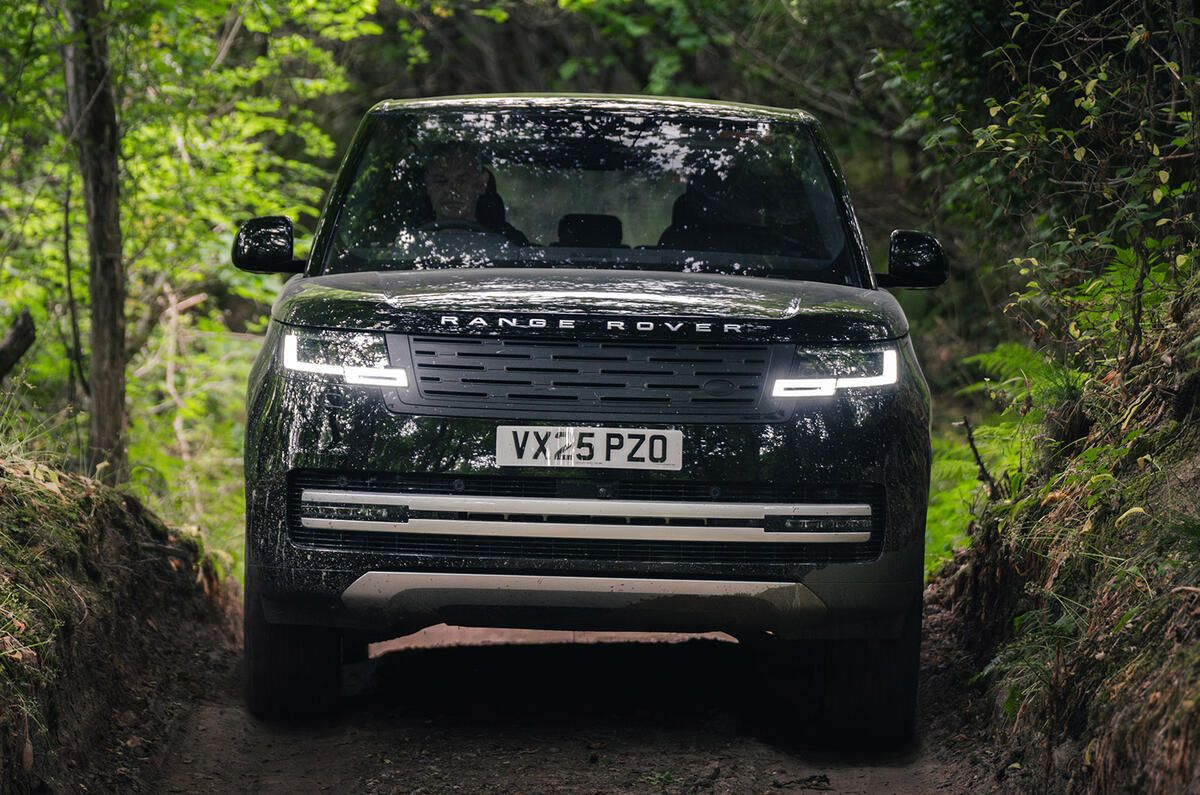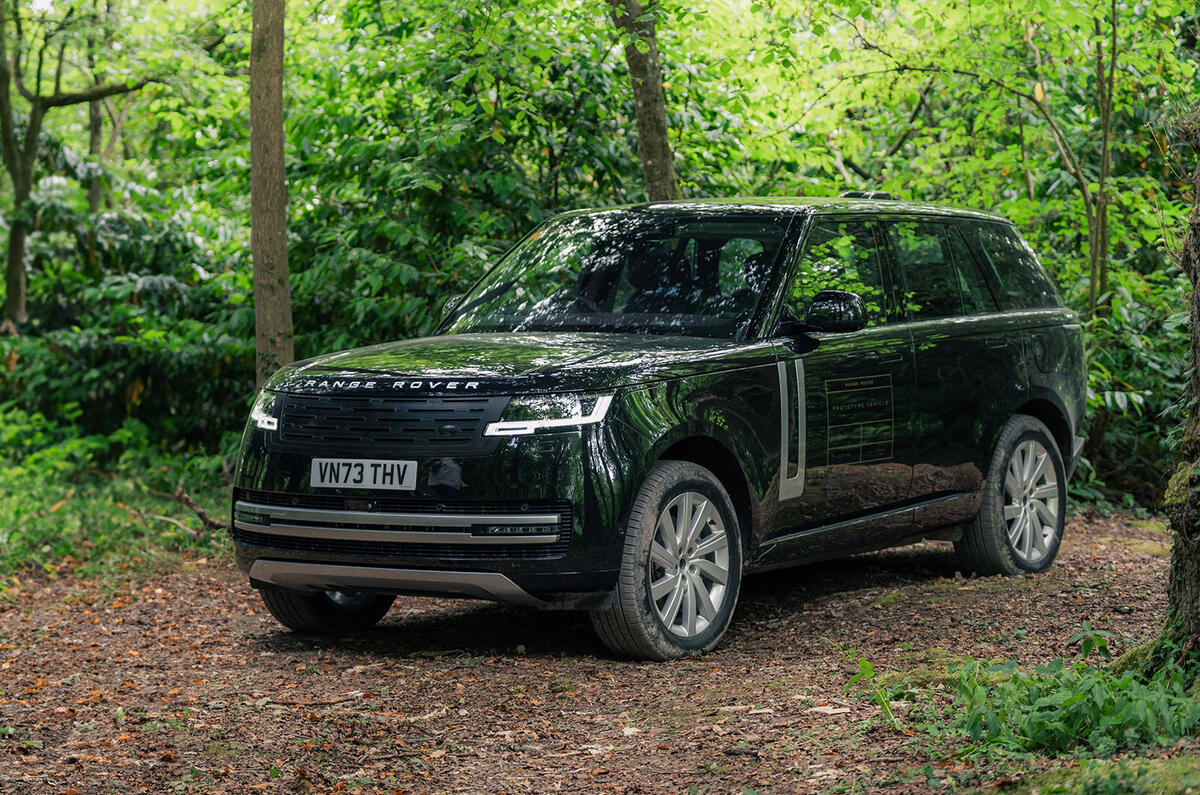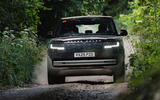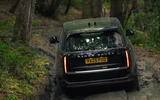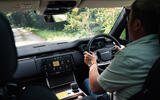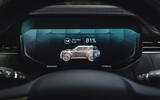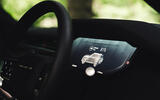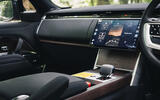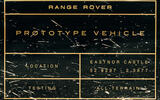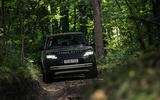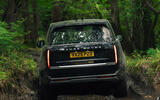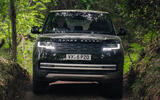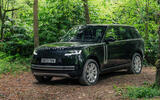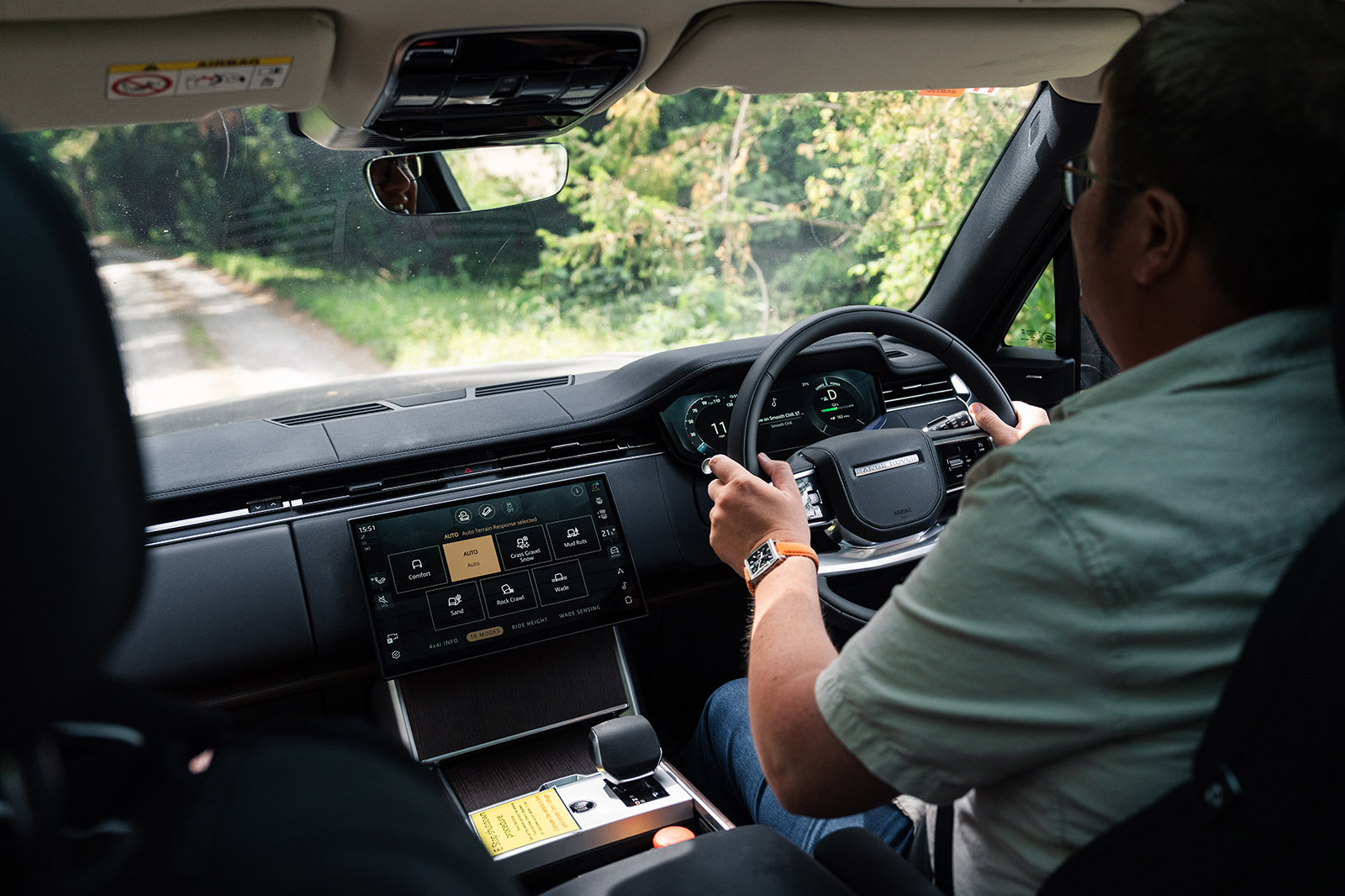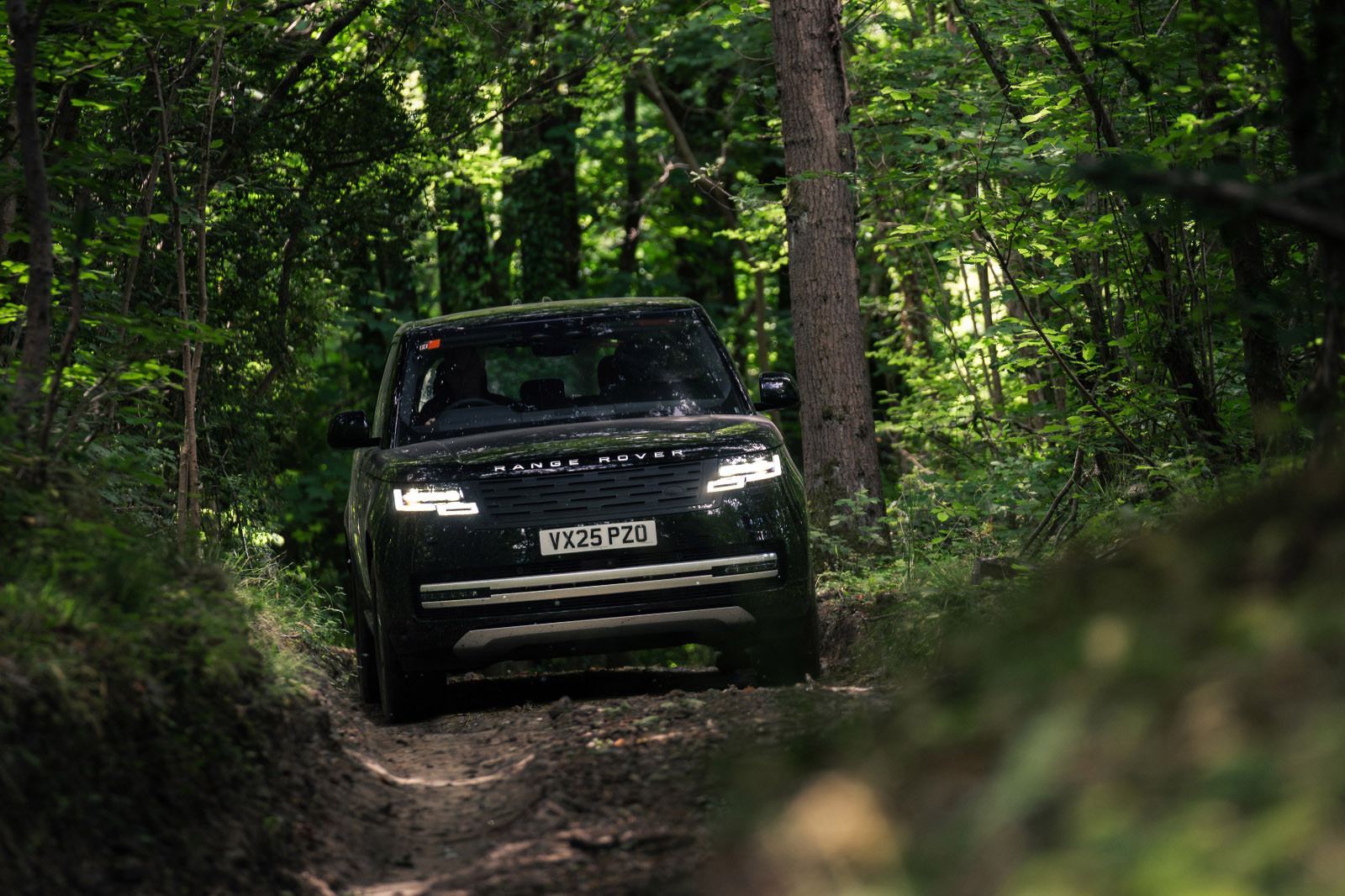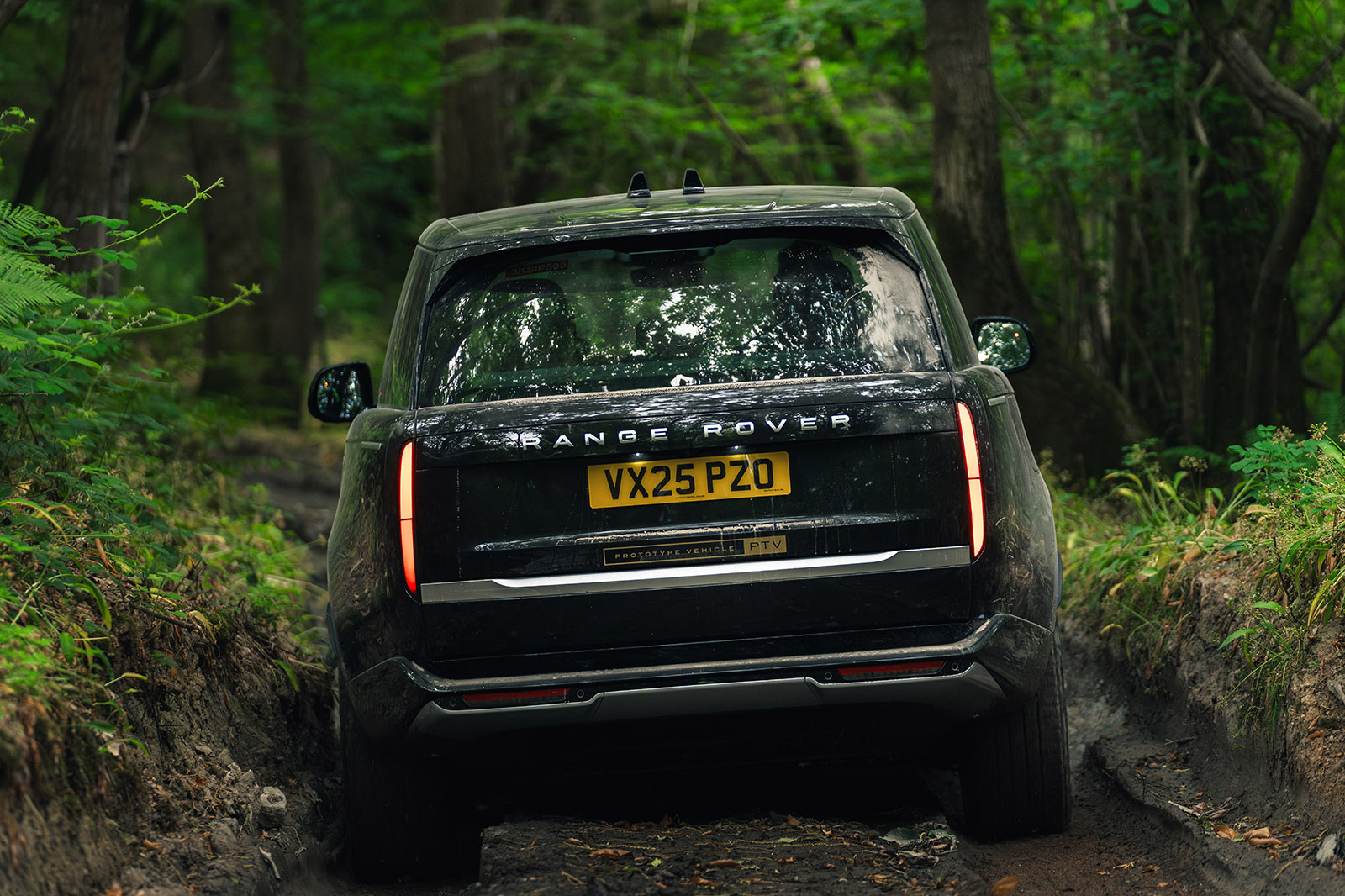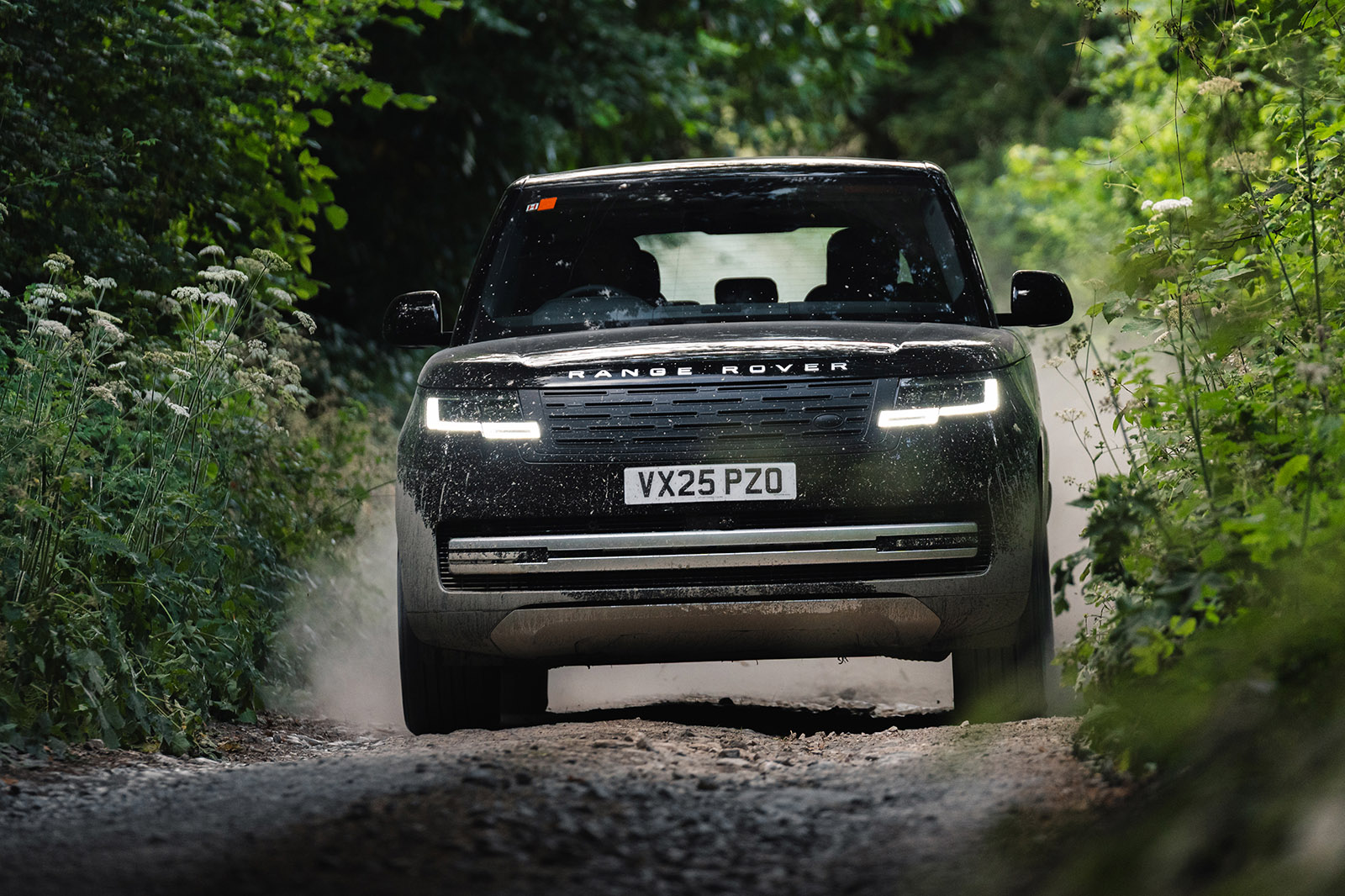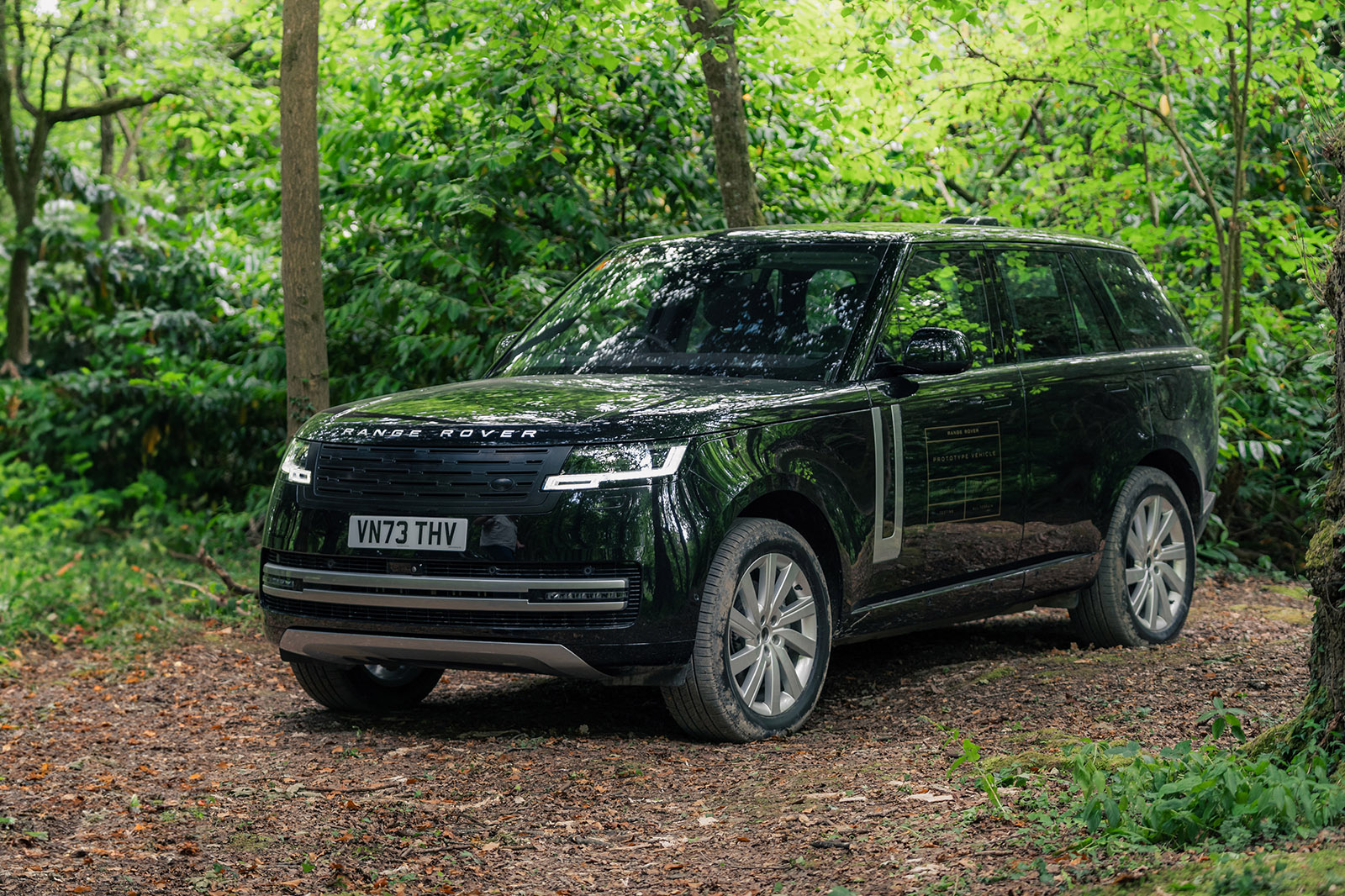Right now, 2.8-tonnes of high-end automotive real estate is gently picking and clambering its way up a dusty, rocky forest track. It’s doing so in a part of rural Herefordshire where its various predecessors have been brought to earn their stripes for decades, as one of the most celebrated lineages in British car-making has advanced: that of the Range Rover.
We are at JLR’s Eastnor Castle offroad development and demonstration centre, and we’ve come for our very first taste of arguably the very boldest full-sized ‘Rangey’ there has ever been.
The Range Rover Electric is JLR’s first EV since the Jaguar I-Pace of 2018. It will be introduced to the global market later in 2025, at a time of uncertainty for the wider adoption of electric cars. And yet there’s an equanimity about this car’s execution, and an authenticity about its identity, that suggests it’ll do alright whichever way the wind of public opinion happens to blow.
That’s because, rather than a novelty item, this car derives its strength from being just another Range Rover. It won’t replace or supplant any other Range Rover derivative; and nobody will be obliged, cajoled or persuaded to buy one. It’s an extension of the Range Rover model line, to be sold alongside the various petrol, diesel and PHEV derivatives that already exist; and designed to be every inch as capable, luxurious, enveloping and special as any of them.
New Land Rover Range Rover Electric cars in stock



